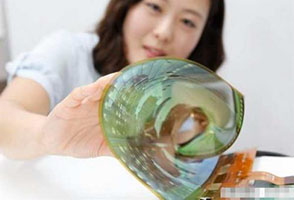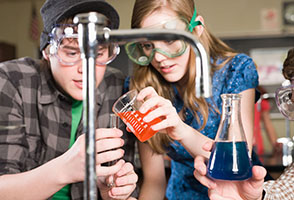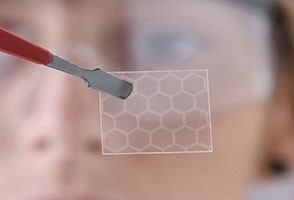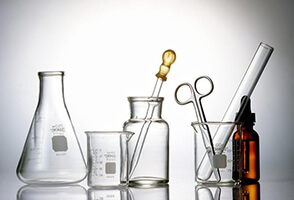Precious metal catalysts have a wide range of uses and characteristics
A precious metal catalyst is a precious metal material that can change the rate of a chemical reaction without itself being involved in the end product of the reaction. Almost all precious metals can be used as catalysts, but the most commonly used are platinum, palladium, rhodium, silver and ruthenium, with platinum and rhodium in particular being the most widely used. They have unfilled d-electron orbitals, easy adsorption of reactants on the surface, and moderate strength, facilitating the formation of intermediate "active compounds" with high catalytic activity, as well as high temperature resistance, oxidation resistance, corrosion resistance and other comprehensive excellent characteristics, making them the most important catalyst materials. UIV CHEM has rich experience in the chemical industry, we share it with you.
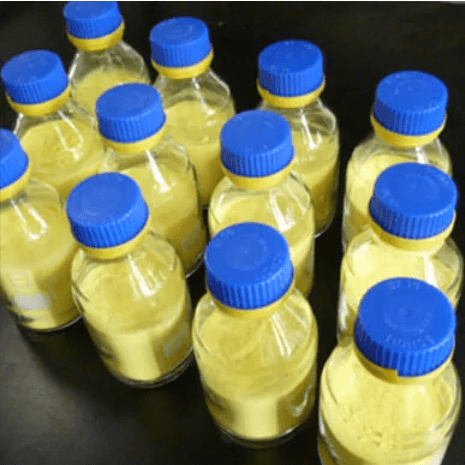
TETRAKIS ( TRIPHENYLPHOSPHINE ) PALLADIUM , 14221-01-3 , PD(PPH3)4
Introduction of precious metal catalysts
Precious metal catalysts are the basis for the development of chemical materials, and catalytic technology is one of the fundamental key technologies for the development of chemical industry, a technology that can generate great economic and social benefits. More than 85% of the reactions in the production of chemical products are carried out under the action of catalysts, among which precious metal catalysts occupy an important position in petrochemical, pharmaceutical, pesticide, food, environmental protection, energy, electronics and other fields by virtue of their high catalytic activity and selectivity, as well as high temperature resistance, oxidation resistance, corrosion resistance and other comprehensive excellent characteristics. Many new chemical materials such as liquid crystal, high performance resin materials, aramid and other high-end fiber materials, new fluorine materials, etc. can not be produced without precious metal catalysts.
Applications of precious metal catalysts
1. Environmental protection field: automobile exhaust gas purification, organic catalytic combustion, CO, NO oxidation, etc.
2. New energy: the most critical part in the development of new fuel cells.3.Electronic: chemical and other fields: gas purification and purification.
4.Petrochemical field: catalytic reforming in petroleum refining, isomerization reaction of aromatics and alkanes, dehydrogenation reaction, catalytic hydrogenation in olefin production process, etc.
Main performance indexes of precious metal catalysts
(1)Activity ---- measures the size of catalyst effectiveness.
(2)Selectivity ---- refers to the specificity of catalyst action.(3) Stability ----- refers to the ability of the catalyst to maintain its activity and selectivity unchanged during use.
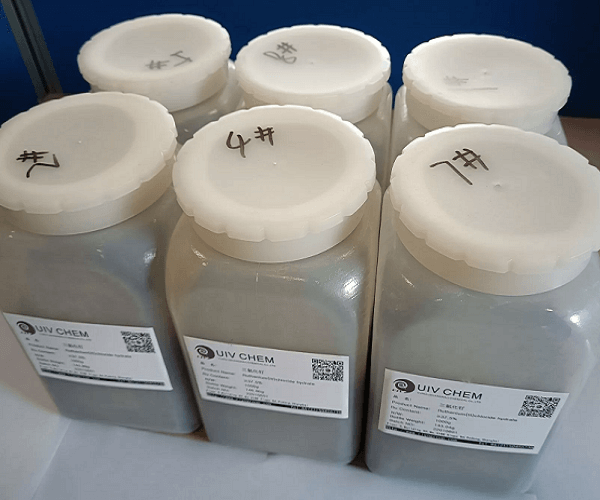
RUTHENIUM(III) CHLORIDE,10049-08-8,RUCL3
How to treat precious metal catalyst waste liquid?
As the sales volume of petrochemical catalysts in China increases year by year, the amount of waste catalysts generated also increases year by year. If waste catalysts are not managed scientifically, the toxic and harmful components in them will pollute the environment and endanger human health, and some precious metal resources in them will be lost. Therefore, the effective treatment and utilization of spent catalysts is a more important issue, and UIV CHEM would like to introduce you a simple way to treat spent precious metal catalysts.
Different waste catalysts, from which different methods and process technologies are used to extract precious metals, the main methods for recycling precious metal waste catalysts containing silver, platinum and rhodium are:
High temperature volatilization method
Heating the material in the presence of certain gases causes the precious metals to volatilize in the form of chlorides, from which the precious metals are extracted after absorption.
Carrier dissolution method
Use acid or alkali to dissolve all the carriers while the metal remains in the slag, and then extract the precious metals from the slag.
Selective dissolution method
That is, the carrier is insoluble, and a special solvent is selected to dissolve the precious metals such as platinum, and the metal components are extracted from the solution.
Total dissolution method
The carrier and precious metals are all dissolved into the solution at one time, and then ion exchange or extraction method is adopted to recover the precious metals from the solution.
Fire melting
Separating the precious metal and the carrier at high temperature.
Combustion method
For catalysts with carbonaceous carriers, the precious metals can be extracted from them after the carriers are burned out.
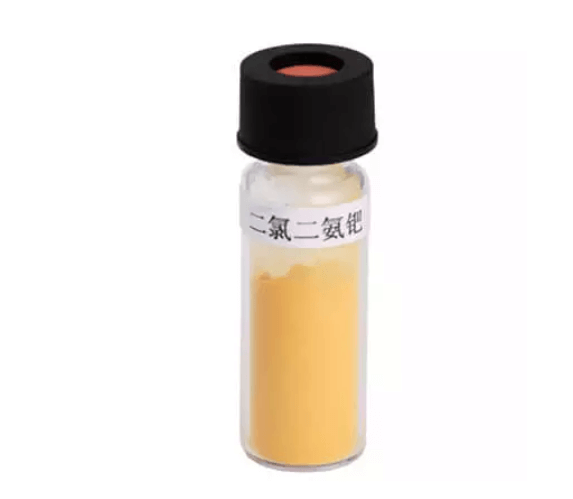
TRANS-DIAMMINEDICHLORO PALLADIUM(II) , 13782-33-7 , CL2H6N2PD
Note
The precious metals obtained by these methods cannot be used directly, but must be further purified to increase their value. Purification is usually done by two methods: one is electrolysis, the other is ion exchange.Electrolysis: Using the difference in potential, the precious metals are precipitated at the cathode in the solution.
Ion exchange method: In hydrochloric acid solutions with pH < 3, platinum group metals exist in the form of chloride matched anions. The use of strongly acidic hydrogen-type cation exchange resin and ammonium chloroplatinate in hot water for ion exchange can achieve the purpose of purification of precious metals.
Please feel free to contact us if you need to buy them, and we'll reply to you soon.

